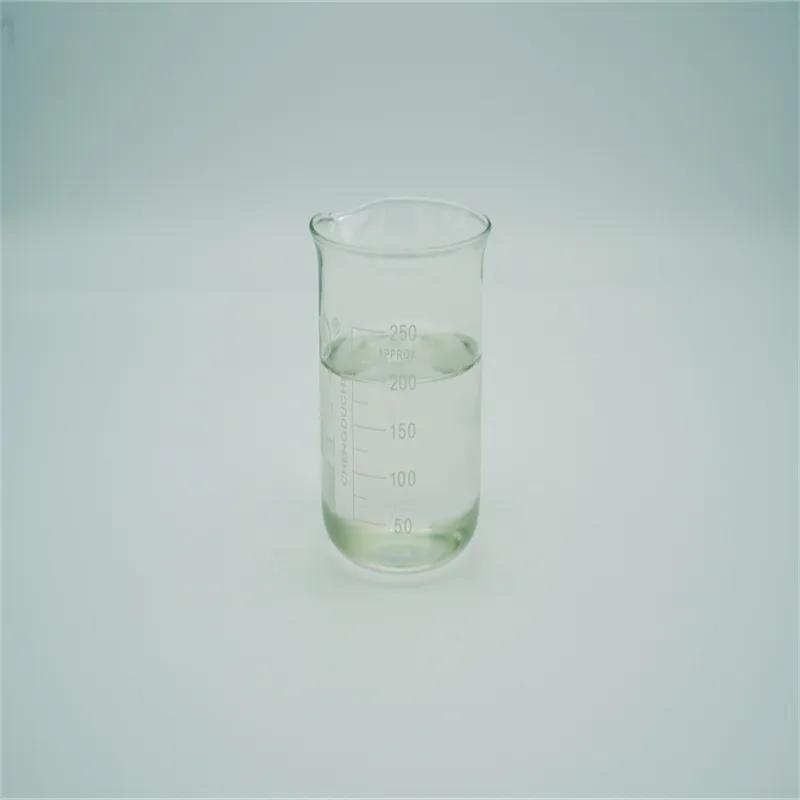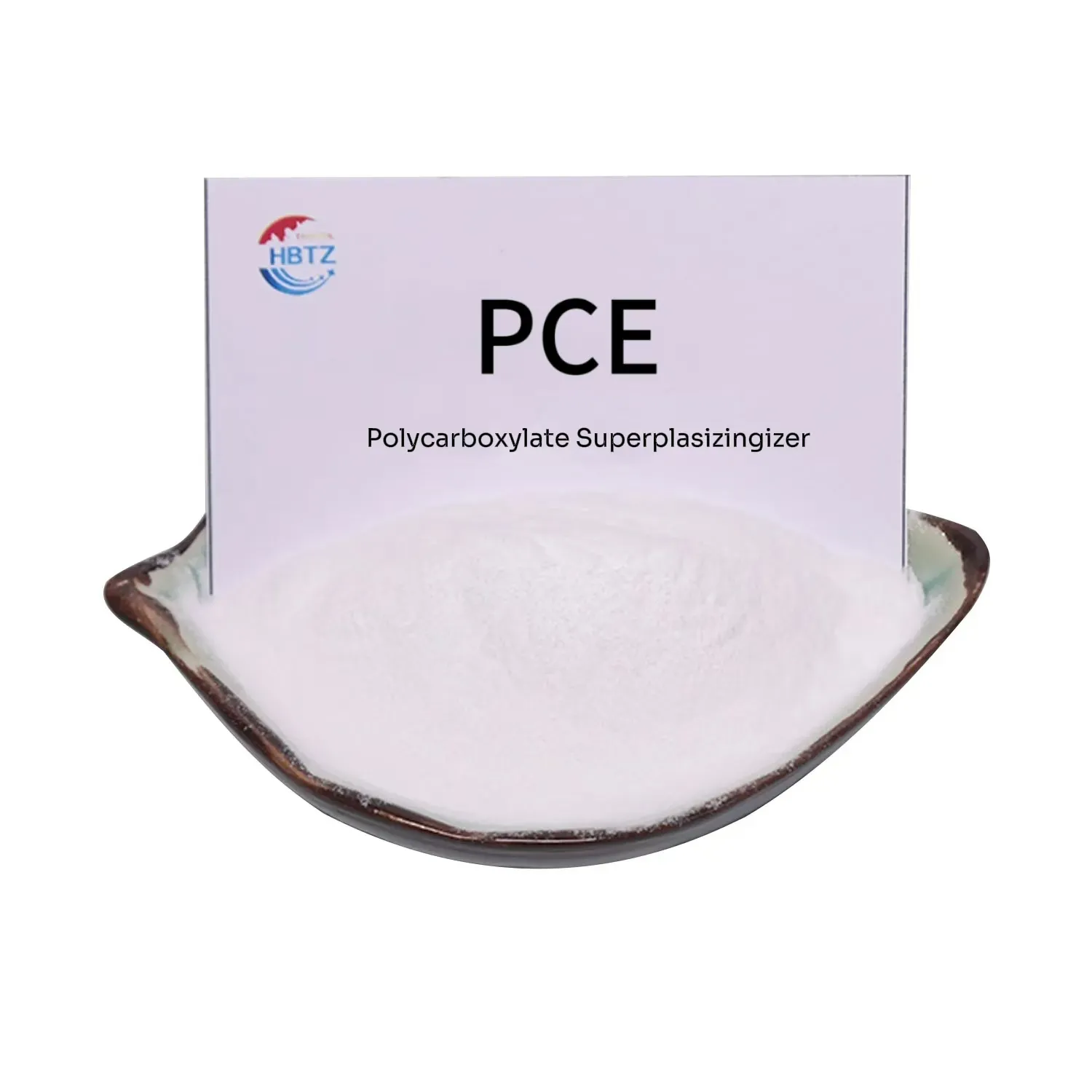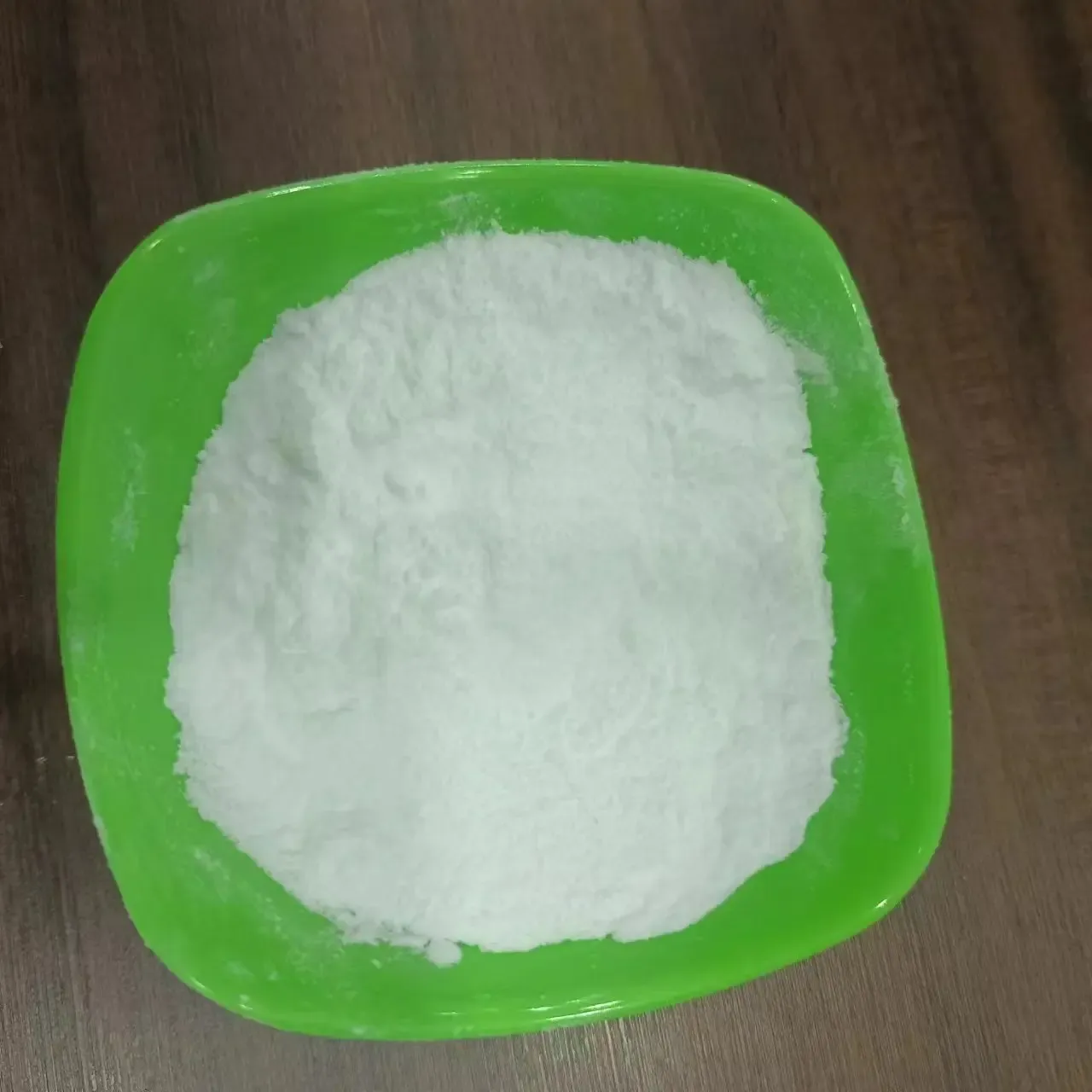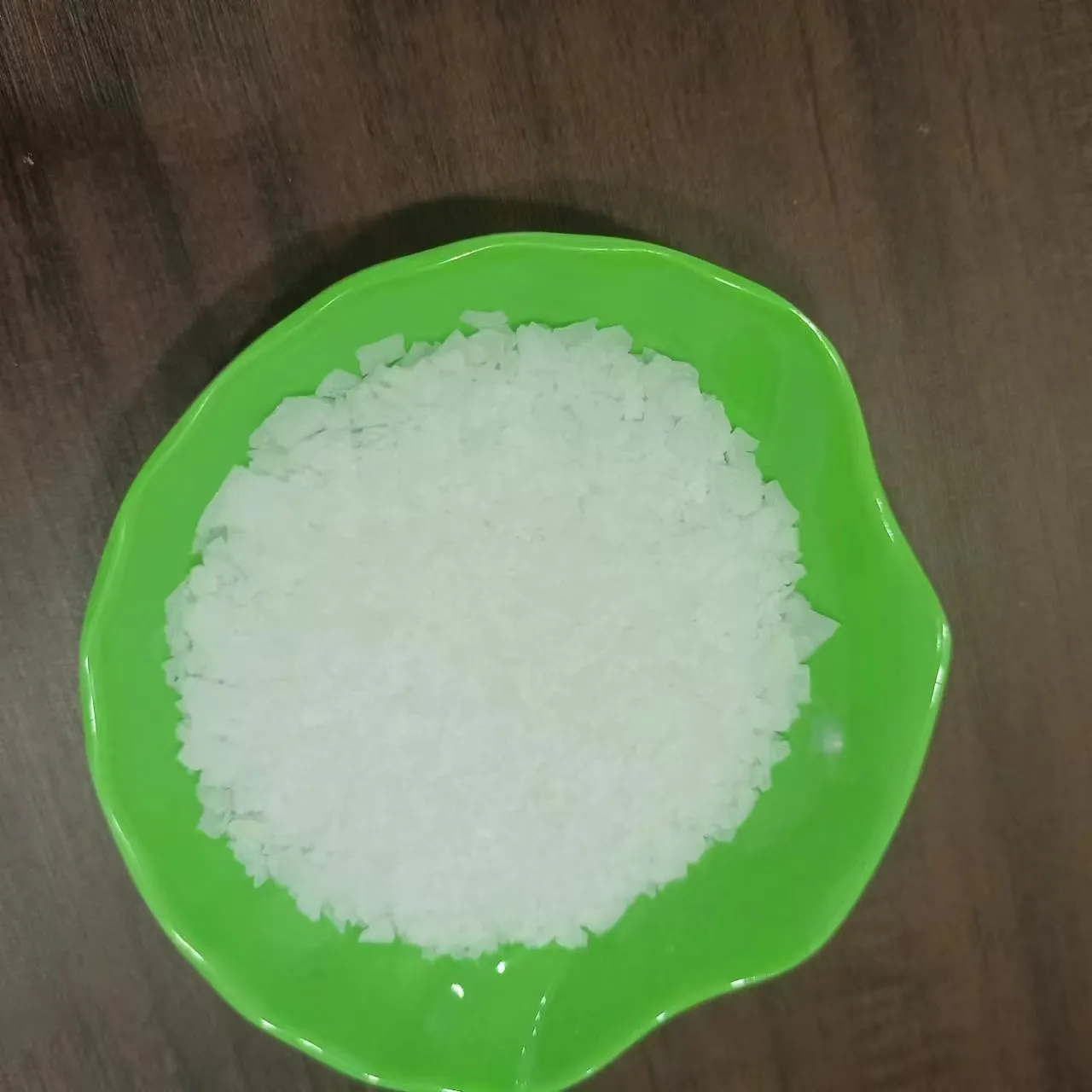
Premium Concrete Water Reducer for Enhanced Strength & Flow
The Evolution and Impact of Concrete Water Reducers in Modern Construction
In the dynamic world of construction, the pursuit of enhanced concrete performance, workability, and durability is relentless. A cornerstone in achieving these objectives is the strategic use of concrete water reducer admixtures. These sophisticated chemical compounds revolutionize concrete mix designs by significantly reducing the water-to-cement ratio (w/c) without compromising workability, leading to stronger, more durable, and cost-effective concrete structures. Among the various types, Polycarboxylate Superplasticizers (PCE) stand out as the leading technology due to their superior dispersion capabilities and advanced molecular architecture. This article delves into the intricacies of PCE-based water reducers, exploring their technical specifications, manufacturing processes, diverse application scenarios, and profound industry impact for B2B decision-makers and engineering professionals.
Current Industry Trends in Concrete Admixture Technology
The global market for concrete admixtures is experiencing robust growth, driven by increasing infrastructure development, urbanization, and a growing emphasis on sustainable construction practices. Key trends include the demand for high-performance concrete (HPC), self-compacting concrete (SCC), and concrete solutions with reduced carbon footprints. Specifically, the adoption of advanced superplasticizers like polycarboxylate ether (PCE) is on an upward trajectory. According to a report by Grand View Research, the global concrete admixtures market size was valued at USD 18.2 billion in 2022 and is projected to grow at a compound annual growth rate (CAGR) of 8.9% from 2023 to 2030, largely propelled by demand for high-performance additives. This growth reflects the industry's shift towards more sophisticated chemical solutions that offer superior slump retention, enhanced strength development, and improved durability, crucial for complex and long-lasting projects. The focus is also on customized solutions that address specific environmental conditions and project requirements, pushing manufacturers to innovate constantly.
Understanding Polycarboxylate Superplasticizers (PCE): The Core of Modern Water Reduction
Polycarboxylate superplasticizers (PCE) are a class of high-performance concrete water reducer characterized by their unique molecular structure. Unlike earlier generations of superplasticizers (e.g., naphthalene-based, melamine-based), PCEs achieve water reduction and dispersion through steric hindrance rather than solely electrostatic repulsion. Their comb-like polymer structure, featuring a main chain and multiple side chains, allows them to adsorb onto cement particles and keep them physically separated. This mechanism provides superior slump retention, higher water reduction rates (up to 40%), and better compatibility with various cement types.

Figure 1: Illustration of PCE's molecular structure and dispersion mechanism.
Detailed Manufacturing Process of Polycarboxylate Superplasticizer (PCE)
The production of high-quality PCE involves a meticulous chemical synthesis process, ensuring precise control over molecular weight, side chain length, and charge density – factors critical to its performance as a concrete water reducer.
- Monomer Preparation: The primary raw materials are unsaturated carboxylic acids (e.g., acrylic acid, maleic anhydride) and polyoxyalkylene ethers (e.g., polyethylene glycol monomethyl ether). These are carefully selected for purity and specific molecular weights.
- Copolymerization: The monomers are reacted in a controlled aqueous solution through free-radical polymerization. Initiators (e.g., peroxides, azo compounds) are added to kickstart the reaction. Temperature, pH, and monomer feeding rates are precisely monitored and adjusted to control the polymerization degree and the resulting polymer's architecture. This is a crucial step in determining the performance characteristics of the final product.
- Neutralization: After polymerization, the acidic polymer solution is typically neutralized with an alkali (e.g., sodium hydroxide) to achieve the desired pH, which enhances stability and compatibility with cement.
- Filtration and Quality Control: The neutralized solution undergoes filtration to remove any insoluble impurities. Strict quality control tests are conducted at various stages, adhering to international standards such as ASTM C494/C494M (Standard Specification for Chemical Admixtures for Concrete) and EN 934-2 (Admixtures for Concrete, Mortar and Grout - Part 2: Concrete Admixtures - Definitions, Requirements, Conformity, Marking and Labelling). These tests include solid content, pH, water reduction rate, slump retention, and compressive strength development in concrete mixes.
- Packaging: The finished PCE solution or powder is then packaged according to client specifications, ready for distribution to various industries.
Target Industries & Service Life: PCE-based concrete water reducer products are indispensable in target industries such as infrastructure development (bridges, tunnels, highways), high-rise commercial and residential construction, precast concrete manufacturing, and specialized concrete applications (e.g., marine concrete, self-leveling floors). The service life of concrete structures utilizing PCE is significantly extended due to enhanced density, reduced permeability, and superior crack resistance, often exceeding 100 years when properly designed and maintained, far surpassing the typical service life of concrete made without such admixtures.
Technical Specifications and Performance Parameters
The effectiveness of a concrete water reducer is quantified by several key performance indicators. Polycarboxylate superplasticizers consistently demonstrate superior performance across these metrics.
Typical Product Specification for Polycarboxylate Superplasticizer (PCE)
| Parameter | Unit | Typical Value Range | ASTM C494/EN 934-2 Class |
|---|---|---|---|
| Appearance | - | Light yellow to brown liquid | Type F (High-Range Water-Reducing) |
| Solid Content | % | 40-60 | N/A |
| pH Value (20℃) | - | 5.0-7.0 | N/A |
| Water Reduction Rate | % | 25-40 | ≥12 (Type F) |
| Chloride Content | % | ≤0.02 | ≤0.05 |
| Alkali Content (Na2O eq) | % | ≤0.5 | N/A |
| Slump Retention | min | 60-120 (retains workability) | N/A (Performance-based) |
| Compressive Strength (7 days, % vs. Ref.) | % | 130-150 | ≥125 (Type F) |
Typical Application Advantages:
- Energy Saving: By reducing the water content, PCE allows for concrete with lower w/c ratios, leading to higher strength and density. This reduces the need for excessive vibration during placement, saving energy, and reducing wear on equipment. The improved flow also means easier pumping.
- Corrosion Resistance: Lower permeability concrete, achieved through a reduced w/c ratio facilitated by PCE, significantly inhibits the ingress of aggressive agents like chlorides and sulfates. This protects reinforcing steel from corrosion, drastically extending the service life of structures, particularly in marine or harsh industrial environments.
- Enhanced Durability: Reduced porosity and improved microstructure contribute to superior resistance against freeze-thaw cycles, chemical attack, and abrasion.
- Improved Aesthetics: PCE allows for smoother, denser concrete surfaces with fewer bug holes or blemishes, crucial for exposed architectural concrete.
Diverse Application Scenarios
The versatility of PCE as a concrete water reducer makes it suitable for a wide array of construction applications requiring superior concrete performance.
- High-Performance Concrete (HPC): Essential for achieving very high compressive strengths (e.g., >60 MPa) and exceptional durability in demanding structures like high-rise buildings, long-span bridges, and nuclear power plants. PCE enables the low w/c ratios required for HPC.
- Self-Compacting Concrete (SCC): Allows concrete to flow and consolidate under its own weight without the need for external vibration, even in congested reinforcement. This improves construction speed, reduces labor costs, and enhances worker safety.
- Precast and Prestressed Concrete: Facilitates rapid demolding and high early strength development, speeding up production cycles and improving efficiency in prefabrication plants.
- Mass Concrete Applications: Helps in controlling hydration heat by allowing reduced cement content while maintaining strength, critical for dams, large foundations, and thick structural elements.
- Pumped Concrete: Improves flowability and reduces friction in pipelines, making it easier to pump concrete over long distances or to high elevations.

Figure 2: Modern infrastructure projects heavily rely on advanced concrete admixtures.
Technical Advantages of PCE-based Water Reducers
The unique chemistry of polycarboxylate ether offers unparalleled technical advantages compared to other types of water reducers.
- Superior Water Reduction: PCEs can achieve water reduction rates up to 40%, significantly higher than naphthalene or lignosulfonate-based admixtures (typically 15-25%). This directly translates to higher concrete strengths, reduced permeability, and enhanced durability.
- Excellent Slump Retention: Due to their steric hindrance mechanism, PCEs provide prolonged workability, maintaining slump for extended periods (typically 60-120 minutes or more) without significant loss of air content or set retardation. This is crucial for long-haul transport and complex pours.
- Early and Ultimate Strength Enhancement: By facilitating lower w/c ratios, PCEs contribute to rapid early strength development and higher ultimate compressive strengths, optimizing construction schedules and structural integrity.
- Reduced Shrinkage and Cracking: Lower water content naturally leads to reduced drying shrinkage, minimizing the risk of crack formation and improving the long-term integrity of the concrete element.
- Versatility and Compatibility: PCEs are highly adaptable to various cement types (OPC, PPC, SRC) and supplementary cementitious materials (fly ash, GGBFS, silica fume), making them suitable for diverse mix designs and regional material variations.
Vendor Comparison and Selection Criteria for Polycarboxylate Ether
Selecting the right supplier for polycarboxylate ether is critical for ensuring consistent concrete quality and project success. Key factors for comparison extend beyond just the polycarboxylate ether price.
| Criterion | Supplier A (Example) | Supplier B (Example) | Tangzhi HPMC (Illustrative Strengths) |
|---|---|---|---|
| Product Quality & Consistency | Good, occasional batch variations | Consistent, high-grade | Excellent, ISO 9001 certified, tight QC |
| Technical Support & Expertise | Basic support, limited on-site | Responsive, experienced technical team | Dedicated engineers, customized mix design, rapid problem-solving |
| Customization Capabilities | Limited to standard products | Moderate, takes time | Extensive R&D, tailored formulations for specific cements/aggregates |
| Certifications & Compliance | Local standards only | Meets ASTM, EN | ISO 9001, ASTM C494, EN 934-2, TUV certified production |
| Delivery Reliability | Standard lead times, occasional delays | Generally reliable | Robust supply chain, on-time fulfillment, urgent order handling |
| Pricing Strategy | Competitive low-end | Mid-range, value-based | Competitive for high quality, transparent polycarboxylate ether price breakdown, long-term partnership focus |

Figure 3: Quality control is paramount in the production of high-performance admixtures.
Customized Solutions and Formulation Expertise
The performance of a concrete water reducer is highly sensitive to local materials (cement type, aggregate gradation), environmental conditions (temperature, humidity), and specific project requirements. Leading manufacturers, like Tangzhi HPMC, offer bespoke solutions through extensive R&D and technical consultation. This involves:
- Mix Design Optimization: Collaborating with clients to develop tailor-made PCE formulations that optimize workability, strength, and durability for specific concrete mixes.
- Raw Material Compatibility Testing: Thorough evaluation of client-specific cement and aggregate sources to ensure optimal PCE performance and compatibility, mitigating potential issues like excessive air entrainment or slump loss.
- Performance Adjustments: Modifying PCE polymer structures (e.g., side chain length, main chain backbone) to achieve desired properties such as extended slump retention for long hauls, rapid early strength for precast, or specific rheological properties for SCC.
- On-Site Technical Support: Providing expert assistance during trial batches and initial pours to ensure proper dosing and application, guaranteeing project success.
Real-World Application Case Studies
The effectiveness of PCE-based concrete water reducer is best illustrated through its successful application in challenging and landmark projects globally.
Case Study 1: High-Rise Residential Tower, Metropolis City
Challenge: Constructing a 70-story residential tower required high-strength concrete (C80) for core walls and columns, with extended workability for continuous pours and ease of pumping to significant heights.
Solution: A customized PCE formulation was developed, exhibiting a water reduction rate of 35% and maintaining a slump of 200 ± 20 mm for over 90 minutes. This allowed for efficient pumping to the upper floors and consistent concrete placement.
Outcome: The project achieved target compressive strengths consistently at 28 days, with early strengths allowing for faster floor-cycle times. The reduced water content also minimized shrinkage and cracking, ensuring the long-term durability of the structure. Customer feedback highlighted the exceptional pumpability and excellent surface finish of the concrete.
Case Study 2: Major Bridge Construction, Coastal Region
Challenge: Building a multi-span bridge in a highly corrosive coastal environment demanded concrete with extremely low permeability and high resistance to chloride ingress, alongside controlled heat of hydration for massive pier foundations.
Solution: A specialized PCE-based concrete water reducer was utilized, formulated to achieve an ultra-low water-to-cementitious materials ratio (w/cm) of 0.30, significantly enhancing density and reducing permeability. The formulation also incorporated components for moderate retardation to manage hydration heat.
Outcome: Test results showed chloride ion penetration values well below project specifications, indicating superior corrosion resistance. The concrete maintained excellent workability for up to 3 hours, crucial for large foundation pours. The project's engineers praised the admixture's contribution to achieving the required performance for a 100-year design life in a harsh marine environment.

Figure 4: PCEs are vital for large-scale infrastructure projects requiring high durability.
Ensuring Trust: FAQ, Lead Time, Warranty, and Support
Building strong B2B relationships requires transparency, reliability, and robust support systems.
Frequently Asked Questions (FAQ)
Q1: What is the typical dosage rate for PCE-based water reducers?
A1: Dosage rates vary depending on the specific PCE product, desired water reduction, cement type, and project requirements. Typically, it ranges from 0.5% to 2.0% by weight of cementitious materials. We always recommend trial mixes to determine the optimal dosage for specific site conditions.
Q2: Can PCE be used with other concrete admixtures?
A2: Yes, PCEs are generally compatible with most other admixtures, such as air-entraining agents, retarders, and accelerators. However, it is crucial to conduct compatibility tests prior to large-scale application to avoid adverse interactions and ensure desired performance.
Q3: What is the shelf life of Polycarboxylate Superplasticizer?
A3: When stored in original, unopened container111s in a dry, cool place away from direct sunlight, the typical shelf life for liquid PCE is 6-12 months, and for powder form, it can be up to 12-24 months. Proper storage conditions are essential to maintain product efficacy.
Lead Time and Fulfillment
We maintain efficient production and logistics chains to ensure timely delivery. Standard lead time for common PCE formulations is typically 7-14 business days from order confirmation, depending on volume and destination. For customized formulations, lead times may extend to 3-4 weeks to account for R&D and pilot batch testing. Expedited shipping options are available upon request to meet urgent project deadlines. Our global distribution network ensures reliable fulfillment for clients worldwide.
Warranty Commitments
All our concrete water reducer products are manufactured under stringent quality control standards and come with a comprehensive product warranty, guaranteeing compliance with specified technical parameters and industry standards (e.g., ASTM C494, EN 934-2) for a defined period from the date of purchase, provided proper storage and application guidelines are followed. Specific warranty details are outlined in our supply agreements.
Customer Support and Technical Assistance
Our commitment extends beyond product delivery. We offer dedicated customer support and highly experienced technical assistance, including:
- 24/7 Technical Hotline: For immediate queries and troubleshooting.
- On-site Consultation: Our engineers can visit project sites to provide guidance on mix design, dosage optimization, and application techniques.
- Training Programs: For client staff on optimal use and handling of our admixtures.
- Comprehensive Documentation: Access to product data sheets, safety data sheets (SDS), and application guides.

Figure 5: Dedicated technical support ensures optimal product performance on site.
Conclusion
The continuous evolution of concrete water reducer technology, particularly with Polycarboxylate Superplasticizers (PCE), underscores its pivotal role in advancing modern construction. From enabling high-performance concrete in towering skyscrapers to enhancing the durability of critical infrastructure in harsh environments, PCE offers unparalleled technical advantages. For B2B stakeholders, understanding the intricate manufacturing processes, technical specifications, and diverse application benefits, coupled with robust vendor support and customization options, is essential for making informed decisions that drive project success, sustainability, and long-term value.
References
- Grand View Research. (2023). Concrete Admixtures Market Size, Share & Trends Analysis Report.
- ASTM C494/C494M-19. (2019). Standard Specification for Chemical Admixtures for Concrete. ASTM International, West Conshohocken, PA.
- EN 934-2:2009+A1:2012. (2012). Admixtures for Concrete, Mortar and Grout - Part 2: Concrete Admixtures - Definitions, Requirements, Conformity, Marking and Labelling. European Committee for Standardization.
- Ma, B., Wang, Z., Zhang, Z., & Dong, Q. (2020). Synthesis and Properties of Polycarboxylate Superplasticizers: A Review. Construction and Building Materials, 237, 117621.
- Ye, G. (2006). The mechanism of superplasticizer in cementitious systems. RILEM proceedings, 45.
-
Reliable Powdered Cellulose Supplier: Quality, Sustainability & InnovationNewsNov.24,2025
-
Find Trusted Microfibrillated Cellulose Suppliers for Sustainable Industrial SolutionsNewsNov.24,2025
-
Leading Methocel Suppliers: Quality, Innovation & Sustainability in Methylcellulose SupplyNewsNov.23,2025
-
Reliable Hydroxyethylcellulose Suppliers for Industry & Sustainability | Tangzhi HPMCNewsNov.23,2025
-
Top Ethyl Cellulose Supplier – Quality, Sustainability, and Industrial SupportNewsNov.23,2025
-
Trusted CMC Powder Suppliers for Food, Pharma & Industrial Use | Tangzhi HPMCNewsNov.22,2025





















